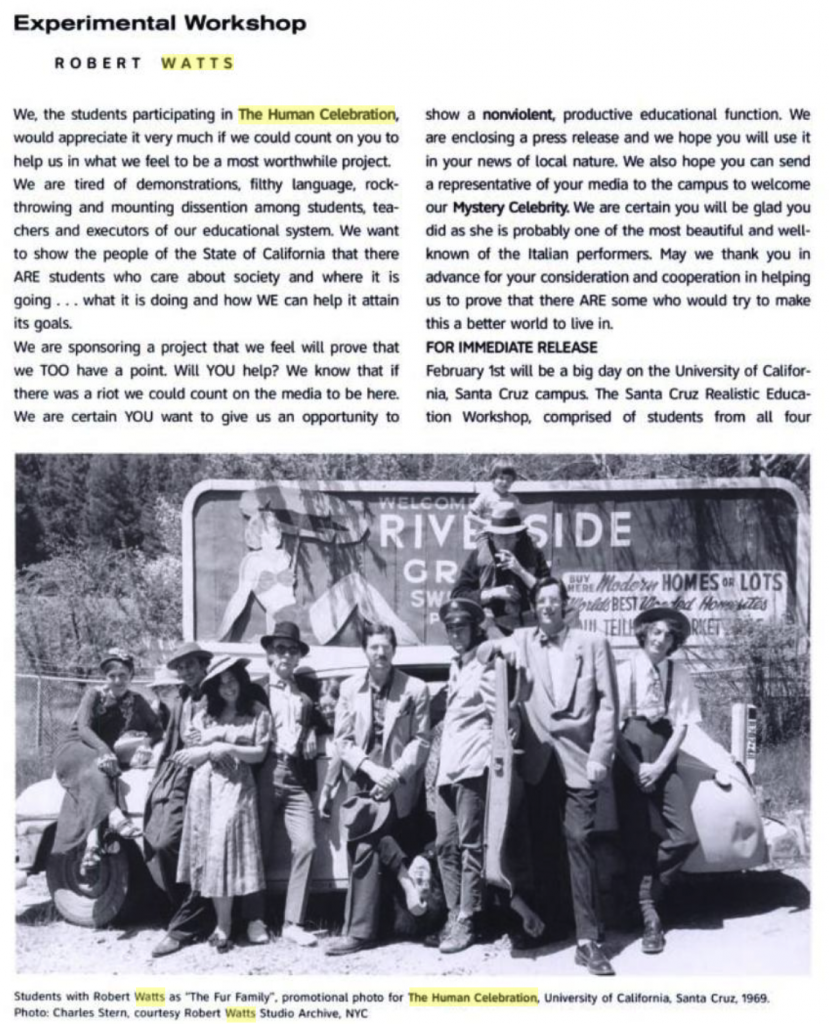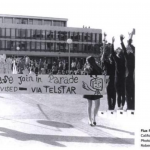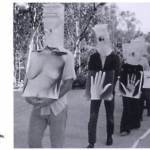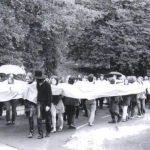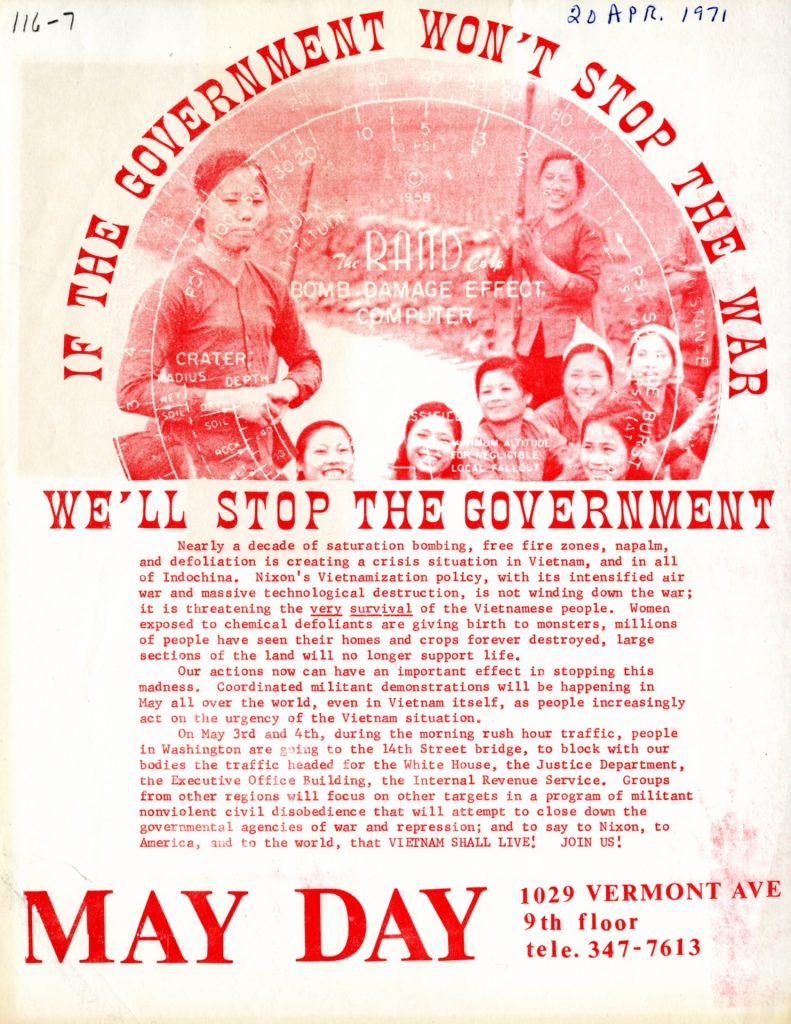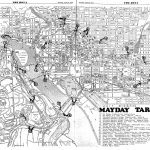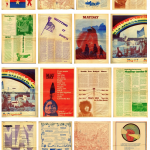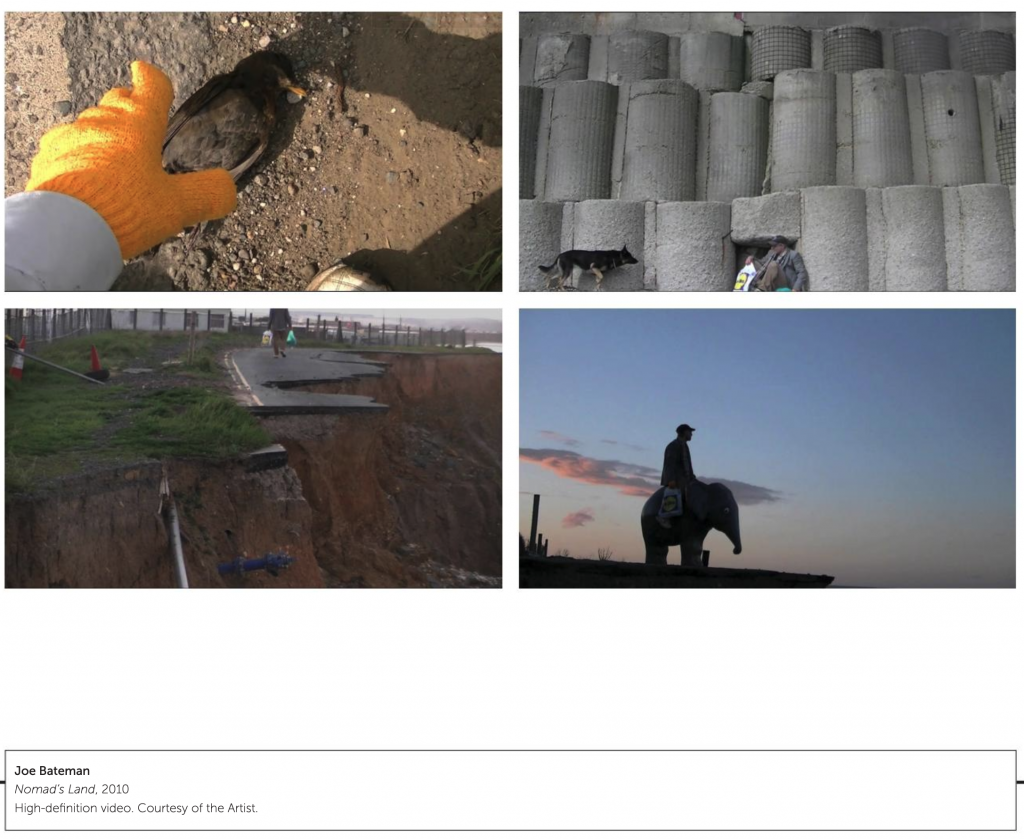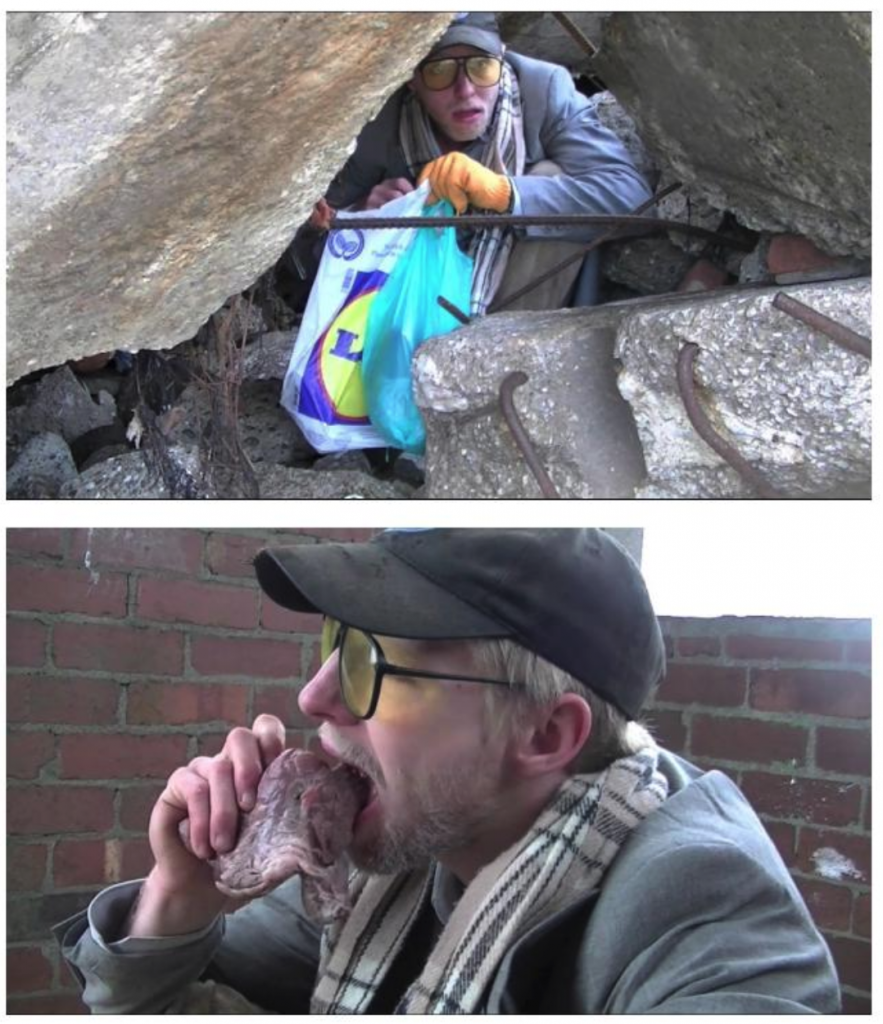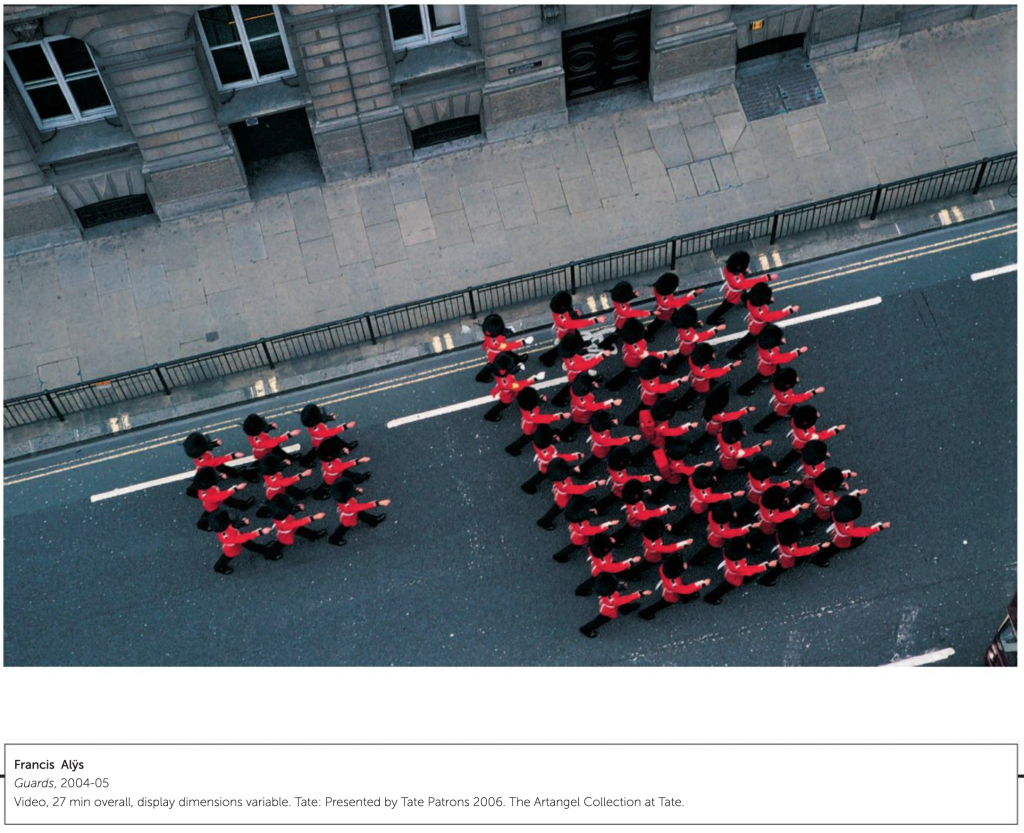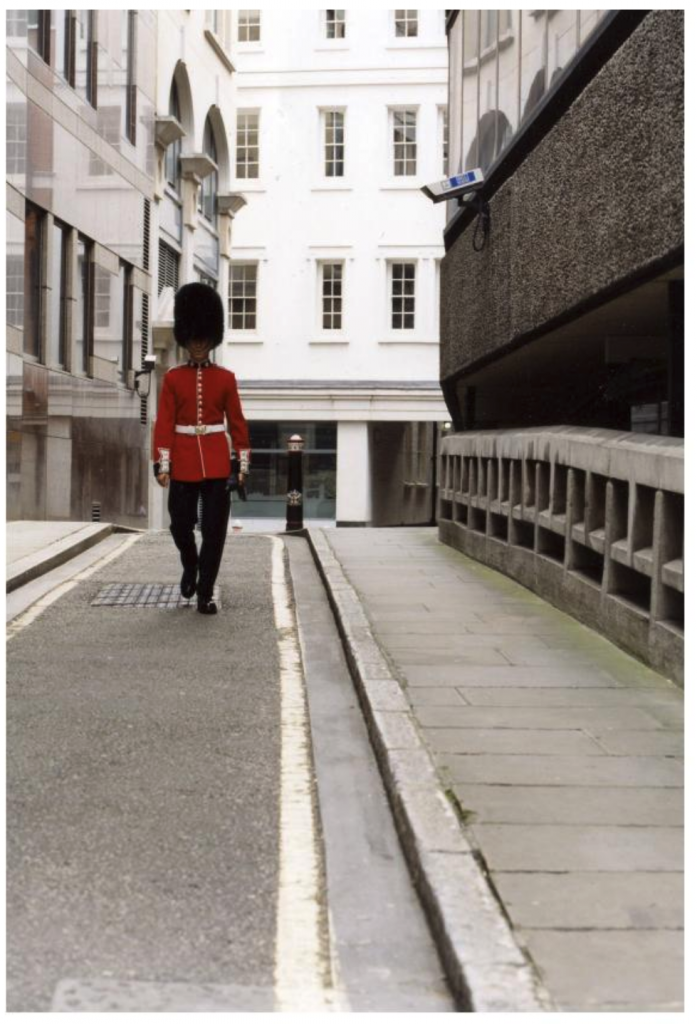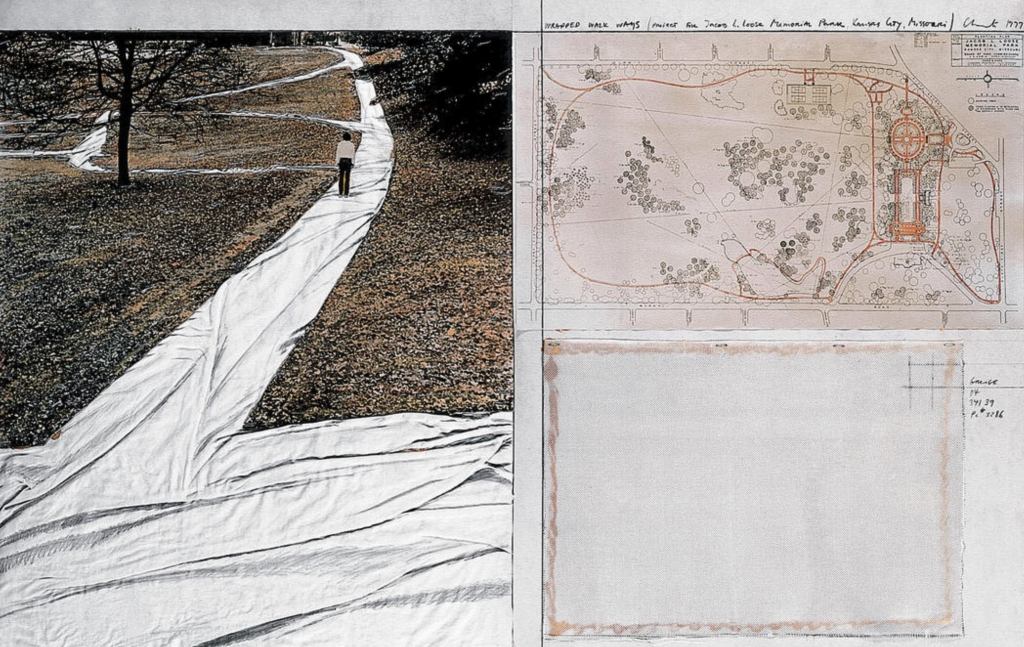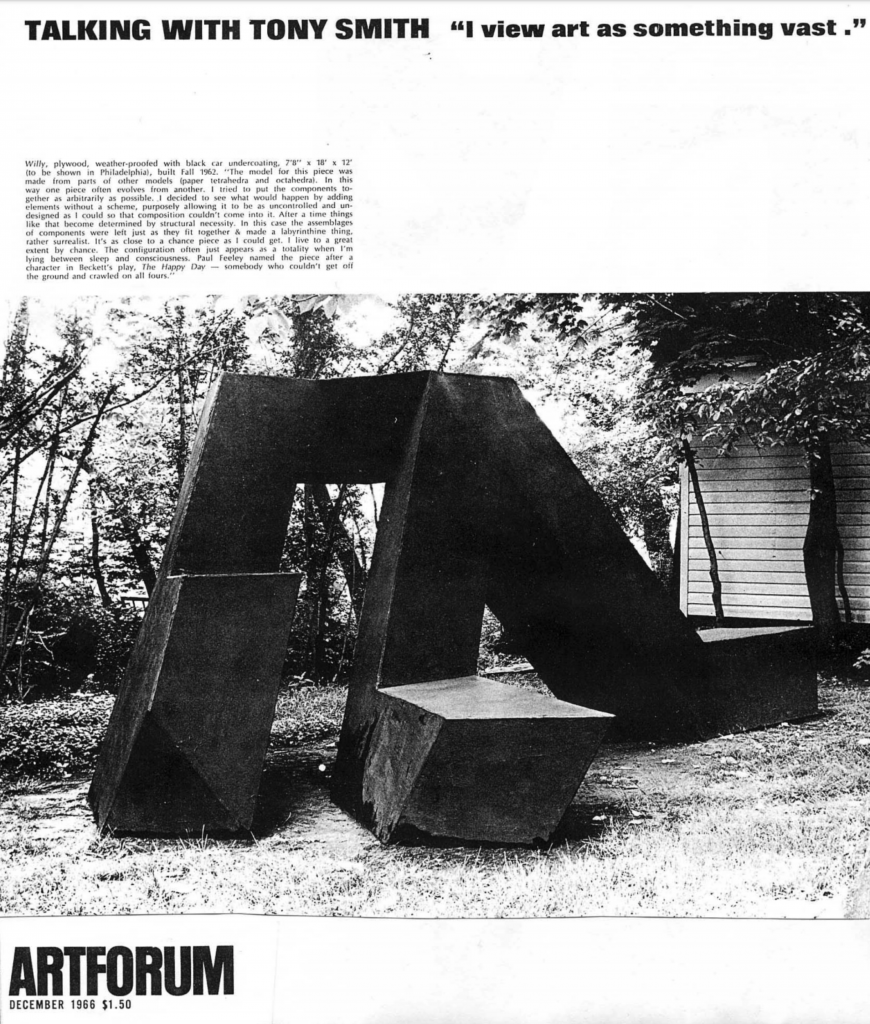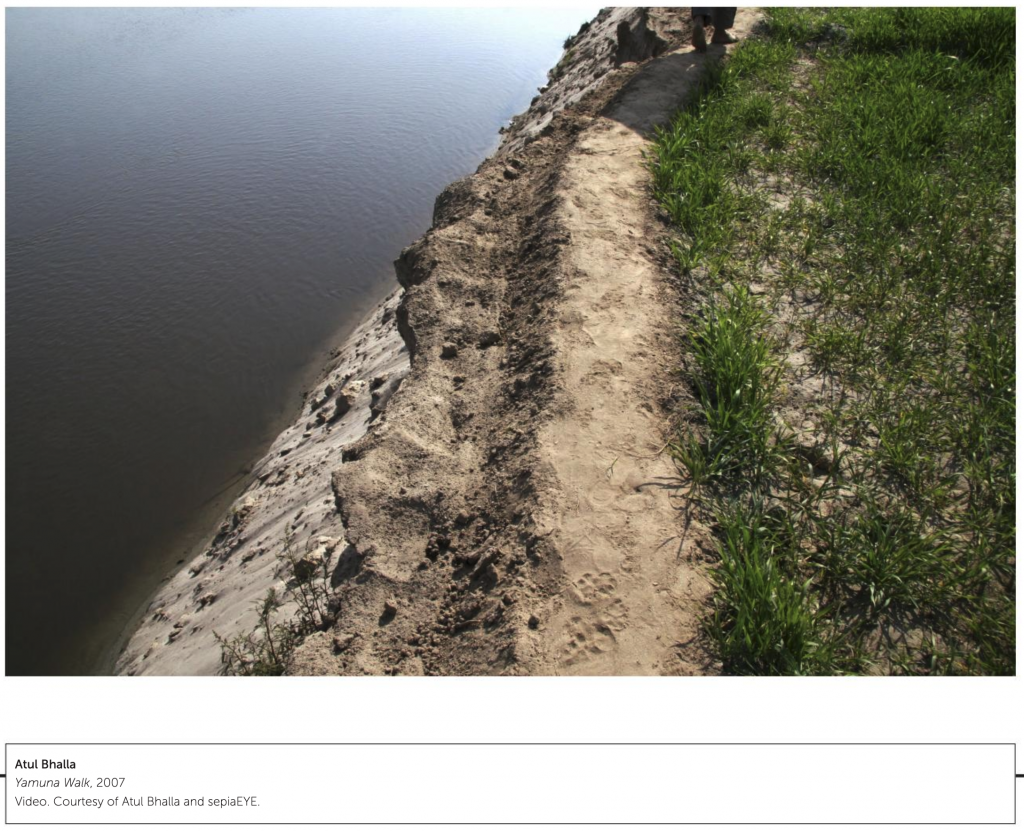
[credit]
“Atul Bhalla’s digital slide presentation ‘Yamuna Walk’ is a photographic account of the four-day walk that the artist undertook along the banks of the Yamuna River which passes through his home town of New Delhi in India. The 53 km walk reveals how the river shapes the life of the city across its different zones. The images include some grand projects of civic engineering – four-foot wide overland pipes built on a vast scale. They also include the most ramshackle or absurd constructions, including a temporary kitchen built (if that is the word) on top of the pipes.
Bhalla’s walk captures contrasting aspects of modern India in all its beauty and brutality. Waste and breathtaking beauty sit side by side. Indeed, the work begins with a photograph of a riverbank covered with litter. Bhalla alerts us to the contradictions of polluting the natural resource that allows the city to exist. He also alerts us to the fact that, while it has a sacred character in the culture, being associated with rituals of purification, it is also used for refuse disposal. The river is the primary symbol of the divine – and yet it is treated in ways which would suggest the opposite.”
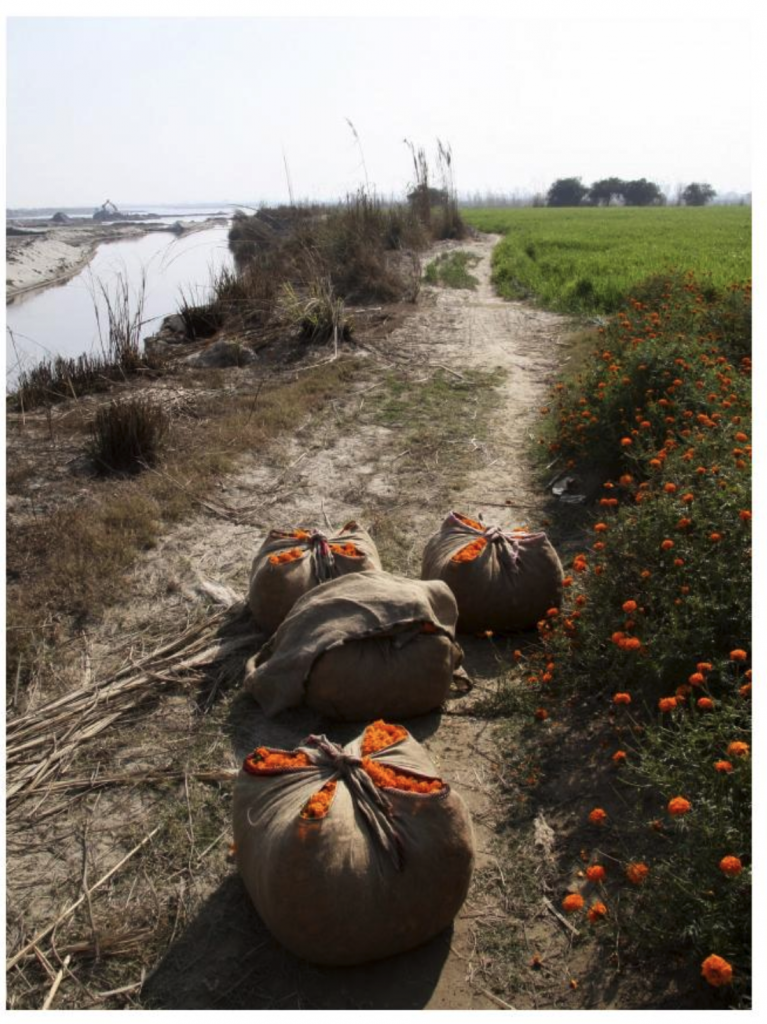
Atul Bhalla, Yamuna Walk (2007)
Documentation of this walk is available as a photo book: “In Yamuna Walk, photographer and multimedia artist Atul Bhalla documents a five-day trek along the sacred Yamuna River as it passes through his home city of New Delhi, India. Through his vivid and haunting photographs, Bhalla explores the myriad ways that modern life along the Yamuna is shaped by water, from the rural outskirts of the city to the polluted landscape of urban Delhi. Climbing over fences, crossing concrete overpasses, and navigating between blooming fields and piles of waste on his journeys, Bhalla also shows the diverse marks of human development that can be read in the image of the river.
Bhalla describes his practice as an attempt to understand water, the way he perceives it, feels it, drinks it, swims in it, and sinks in it. The personal and humanized but still mysterious Yamuna that emerges through his photographs sheds an unusual and compelling light on issues of water and the urban environment.”
